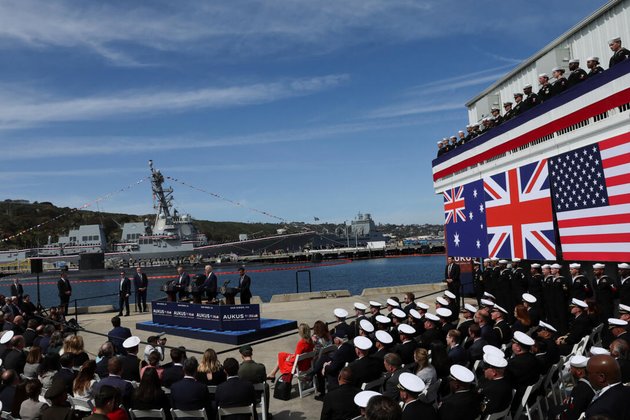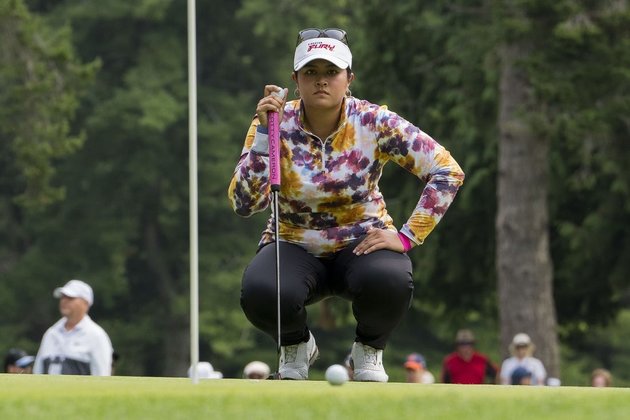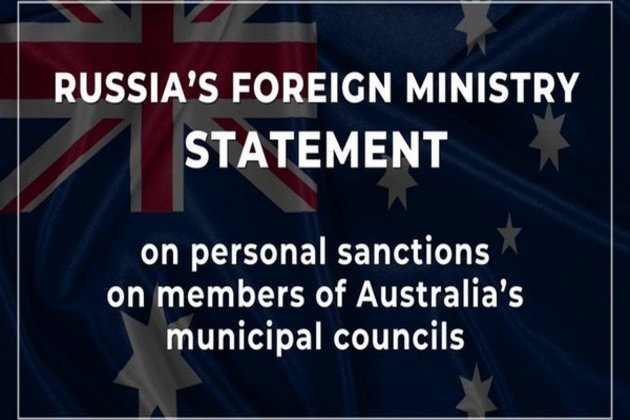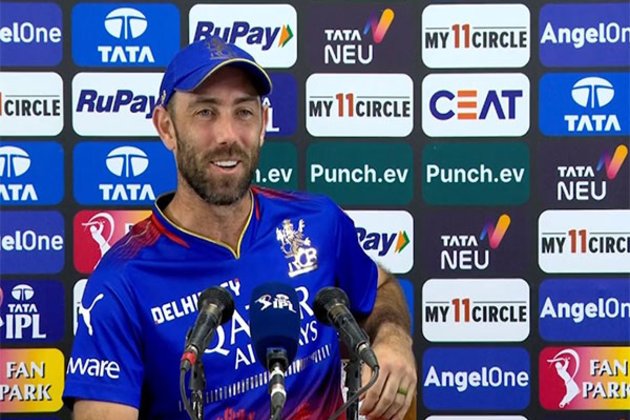2LT Local News
The vision and legacy of Australian tertiary education
Sep 5, 2018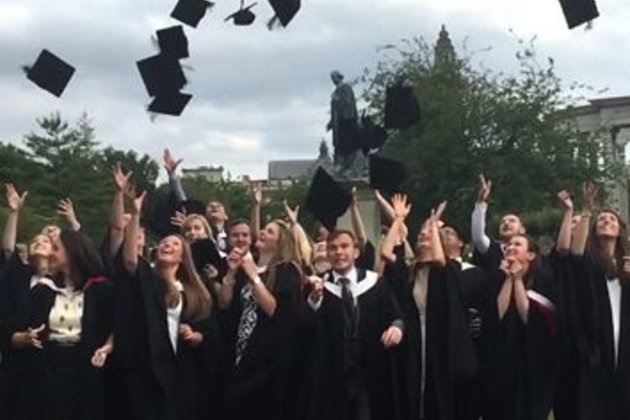
Dr Michael~John Shea examines how the Whitlam Government gave rise to the tertiary education system we have today.
INDIRECTLY, I OWE a debt of gratitude to (re)former Prime Minister, Gough Whitlam. Whitlam’s vision changed the face of tertiary education in Australia. His legacy lingers today – albeit in a burnt-out form. Having recently completed a doctoral degree, I feel fairly smug. I didn’t pay anything for my tertiary education because I conducted research both for my master’s and doctoral degree. Had I done any of my postgraduate study by coursework, it would have cost me tens of thousands of dollars, as does an undergraduate degree.
In Australia, however, for research degrees, the Government pays the universities so the student is not out of pocket and accumulates no HECS debt. Admittedly, my doctorate was in creative writing, so a bit frivolous compared to something substantial like science or engineering, but a doctorate is a doctorate. It’s hard work and academically challenging. No mean feat, the assessment puts the student “through the wringer” and success provides a benchmark to measure one’s self against… whatever that might be!
For my generation, it was Gough Whitlam and his Labor Government who made university a reality for many more students than could previously dream of such a goal. University education was a hitherto denied opportunity for young men and women without rank, status, nepotism, privilege or luck – those who won a rare tertiary scholarship. Later data shows that not as many who might have, actually took up Gough’s offer.
I, for one, didn’t take the chance when first offered, but instead took a path through the technical college maze of the day. It wasn’t until much later in my career when a university recognised my years of specialist practice as equivalent to a bachelor’s degree that I was invited to study a Master’s Qualifying programme to go on to my first degree. That had more to do with the fact that universities were merged with colleges of advanced education and institutes of technology and inherited courses not usually associated with universities, as well as some TAFE courses such as photography.
History records that Labor won the 1972 federal election and changes were swift coming. University education was rendered (conditionally) free from 1974. From the 1850s for men and the 1890s for women, Australia was a leading nation in universal suffrage. In the 1970s it became a leader in universal education. Free university education was envisaged to be of greater benefit to the country than to the individual.
But that sentiment has diminished over time. Yet, while education is still seen as benefitting the individual, the idea that quality tertiary education is an economic advantage to the country as a whole is once more gaining traction. Politically, it will take a change in the way we measure economic advantage before education is considered as important as, say, exports, but when it happens a quantum shift will have been achieved.
To illustrate the point, President and Vice-Chancellor of UNSW and Chair of the Group of Eight Universities (Go8), Professor Ian Jacobs, announced recently in an address to the National Press Club in Canberra that:
“Australia is a higher education exemplar. Just 0.3 per cent of the world population but home to 25, that is 5 per cent, of the top 500 ranked universities globally – sixteenfold above our size.”
He went on to say:
“Astonishingly, every one dollar of public funding spent on Go8 university research generated A$9.76 across the rest of the Australian economy. Every one dollar of public money invested in our research generates a roughly tenfold return for the Australian economy.”
It’s worth pausing here and contemplating that fact further – a tenfold return. Yet the Government will slash almost 3 billion dollars from university funding over the next few years.
We know that education leads to greater opportunities. Even though many recipients of tertiary education do not make appropriate use of it, good quality education encourages original thought, allows an ability to distinguish right from wrong, gives confidence to challenge dogma, facilitates a capacity to see good from bad and so on. It’s a pity some of those well-educated politicians waste theirs.
So, did Gough’s vision open the doors of the ivory tower to the disenfranchised?
Former vice-chancellor John Niland thinks so.
‘My lectures saw for the first time kids from poor postcodes and mature age women.’
Niland goes on to qualify his remarks by adding:
‘The funding implications were not sustainable, but [Gough] got things started.’
Others disagree that Gough’s moves made a difference. Veteran journalist Max Walsh says:
‘It was never going to change the make-up of who went to university because the higher socio-economic students had better access to secondary education.’
Some say Whitlam’s reforms were an expensive experiment that didn’t make a dent in university access for non-traditional students.
Julie Hare, in The Australian in 2014, observes that at the time:
‘In the 15 years between 1974 and 1988, when university was free, the demographic make-up of the undergraduate student population barely shifted. Certainly, school completion was the main contributing factor – these were the days when most students left by the age of 16 to become tradies or secretaries.’
Yet, in the same article, Eric Sidoti, director of the Whitlam Institute at the University of Western Sydney, maintains that central to the Whitlam ethos was the notion of lifelong learning. Now, there’s a phrase with current resonance.
However, it was John Dawkins who, in the 1990s, again altered the face of universities. Aided by two academics, Dawkins came up with the Higher Education Contribution Scheme (HECS), which meant students only paid tuition fees when they were earning a decent wage. The word “contribution” implies that a full cost was not intended, but that is what has evolved. While postgraduate tertiary education is Government subsidised, undergraduate study is not to anywhere near the same extent. At the same time as he introduced HECS, Dawkins aggrandised colleges of advanced education to university status, which gave us convoluted names like the Royal Melbourne Institute of Technology University. Deliver us from such idiocy!
Free university education may never have been sustainable in a country that does not value education highly. However, as a concept, as Gough’s plan, as a scheme practiced for 15 years, as an aspiration for developing nations it is worth reconsidering. If Australia assumes a place amongst modern “civilised” first world societies, it might reassess its GDP spending on tertiary education and research lest it be left behind by more adventurous and ambitious neighbours. But I doubt it, given current political thinking under the guidance of former Minister of Education, Senator the Honourable Simon Birmingham and the current incumbent, The Honourable Daniel Tehan MP. What Gough’s dream did leave behind is the idea of no upfront fee for Australian students. That is one aspect of the scheme that still allows specific local students from low socio-economical backgrounds to entertain the ambition of a university education.
In a pre-election speech in Blacktown in 1972, Whitlam said:
“We believe that a student”s merit, rather than a parent”s wealth, should decide who should benefit from the community”s vast financial commitment to tertiary education.”
Hear, hear to that!
A battle continues between the born-to-rule elites and the working class – the former having never overcome or dealt with the ambitions and pretentions of the latter. Higher education is just the new medium of exchange. This is seen in the attempt by the Abbott Government in 2014 to unwind previously hard-won gains. With Christopher “I’m the Fixer, I fix things” Pyne leading the way, that Government formulated an idea that universities should be able to charge students any amount a university believes or determines a student might be willing to pay. That is an even more insidious notion than standard fees.
In the 1970s, Whitlam had academic Professor Peter Karmel look at then contemporary education in Australia.
Lucy Rich says:
The Karmel Report was the lovechild of the Australian Schools Commission and the Australian school system. It was a needs-based assessment of Australian schools. The Report found inequalities in resource distribution, a lack of human and material resources and a lack of quality of teaching and school organisation. It suggested that there should be set standards of achievement for all students through curricula and adequate resourcing.
If that sounds familiar, it is almost the same conclusion David Gonski came to in 2011. As they say, the more things change… Even if his vision is no longer practiced, Whitlam fundamentally changed core values in relation to education in this country. At the least it gave us a national system of higher education.
So, closing in on 45 years later, what has changed since Gough’s vision was realised? Well, as I said, the more things change the more they stay the same. Some attitudes changed but practice in regard to poorer students isn’t significantly different. Students from low socio-economic backgrounds can and do attend university, indeed are encouraged by the Government to do so despite funding to said universities being slashed by that same Government. However, the number of low socio-economic students is far outweighed by the number of upfront, full fee-paying Asian student attending universities in Australia. At a recent graduation ceremony I attended (not mine), more than half the total number (approximately 1,800) of graduands appeared to be Asian. In the current Government’s opinion, any delimiting of the number of university places available is a reaction to the number of potential overseas students, not the number of poor Australian students seeking entry.
Given announcements in the 2017 budget mean that students will ‘pay up to A$3,600 more for a four-year degree, and universities will face cuts of around $2.8 billion over the next five years, starting in 2018. Students will also have to start paying back their loans when they earn $42,000. The current threshold is around $55,000’ as The Conversation’s education editor, Claire Shaw, wrote last year – there is no telling what further damage the Morrison Government can do to tertiary education in Australia between now and the next election. I have little confidence that an incoming Shorten Government will follow Gough’s lead but I suspect that whatever it does do to improve tertiary education and reboot “Gonski” will depend upon things that Whitlam and like minds achieved in the twentieth century.
Michael~John Shea is a freelance writer who lives on Queensland”s Sunshine Coast.
Support independent journalism Subscribe to IA.



